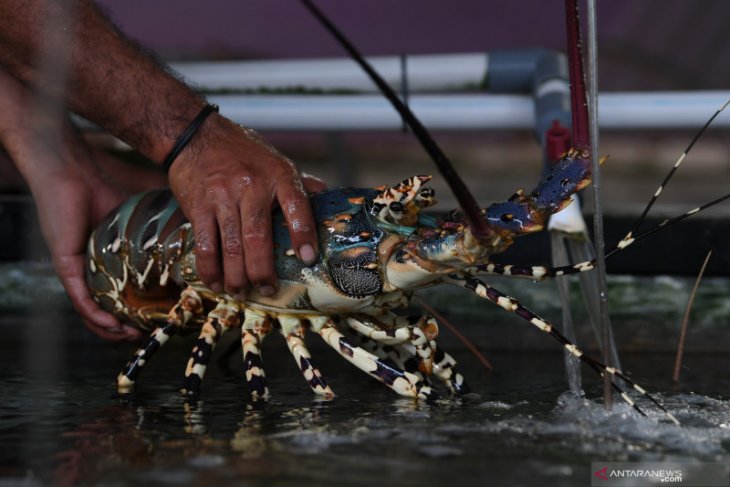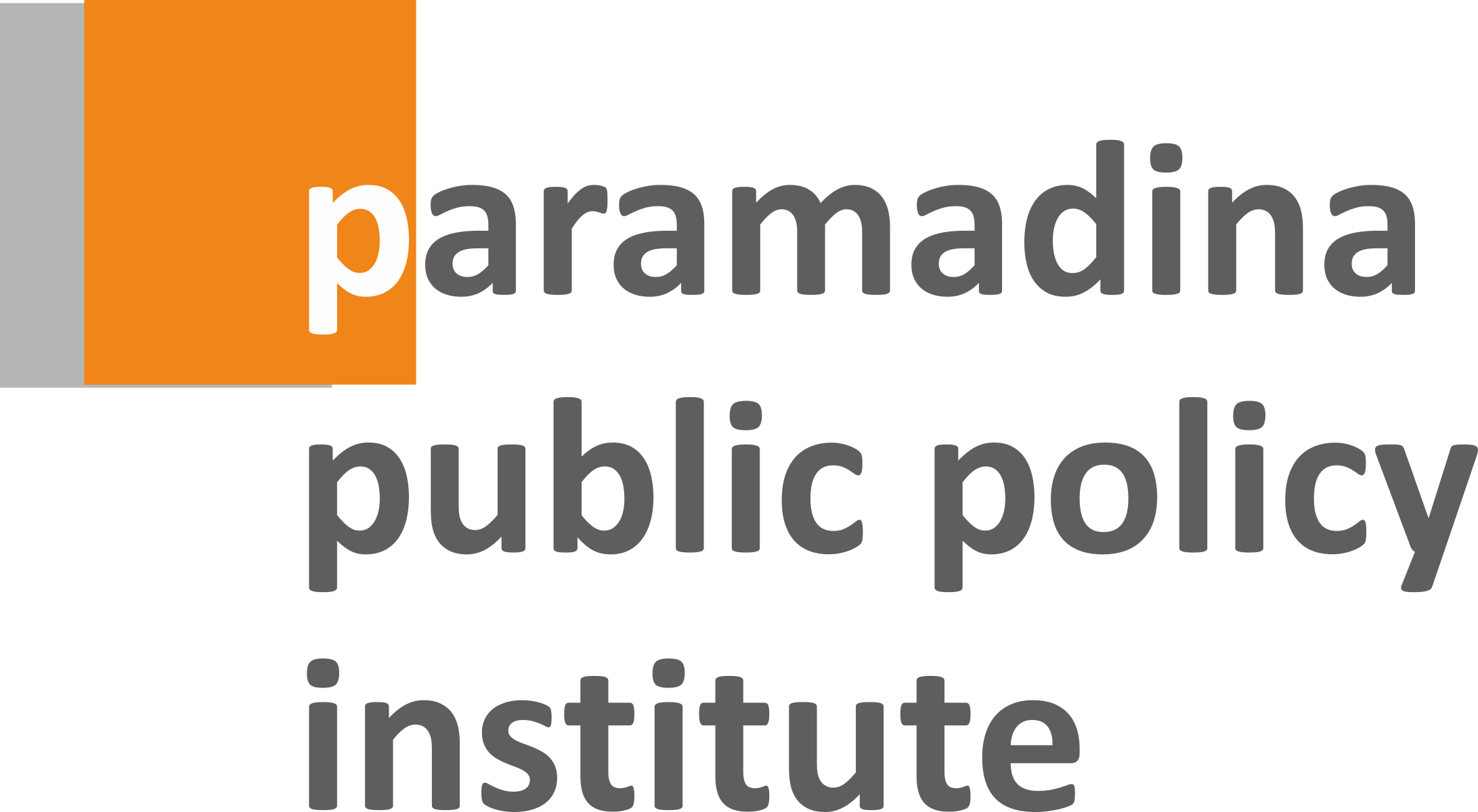
May 29, 2020
Something is interesting about the recent remark of the chief of Indonesia’s Task Force on the Acceleration of Handling of COVID-19 Doni Monardo. He lightly questioned the category of poverty in Indonesia, which considers those who cannot eat chicken at least once a week poor. The army lieutenant general’s concern was related to the fact that the current pandemic may cause many Indonesians to fall into poverty.
If the poor are those who cannot access chicken, then how about those who can still eat nutritious foods, for example, fish and lobster, even daily? Also, are those who can only eat tempeh, a cheap, but nutritious one, also poor?
The critique of the former Army Special Force commander, a couple of weeks ago (5/19/2020), at the Indonesian National Disaster Mitigation Board or BNPB office, East Jakarta, was certainly not to become a matter of debate. Instead, this is something to ponder that according to a set of criteria, we might feel poor. But when we see it with another matrix, it can be that at the same time, we feel rich.
Chief of BNPB, Doni shared the story of a French minister who had to resign as he was caught using public money for personal spending, including for paying his fancy lobster, a luxury dish in his country.
Doni compared the story with his experience of seeing and experiencing himself how many groups of people in Indonesia, categorized as poor, can eat lobster, even regularly. He described that when he served in Ambon, Maluku, he witnessed how many of the people there, who were mostly fishermen, could consume large and fresh fish and lobsters from the sea.
The Indonesian Central Statistics Agency or BPS has a set of criteria to categorize those who fall under the category of disadvantaged communities. Of the fourteen criteria, the eighth says that the unfortunate are those who “only consume meat/milk/chicken once a week.”
Based on the poverty categorization, there are heaps of people in Indonesia who are poor now amounting around 25 million people. There is no doubt that the prices of these two food commodities are generally not affordable for most people in Indonesia for regular, say daily or even weekly, consumption.
However, that does not mean they cannot access other foods such as lobsters and fish. I once visited Kupang and saw how fresh fish, big and small, were abundant and sold at very affordable prices, and became a daily food for the people there.
Leapfrogging poverty criteria
The above brief discussion shows that, of course, in one set of criteria, many Indonesian people are indeed poor. How many of us can regularly consume milk and chicken? I believe, not many.
But if these criteria are to be ‘leapfrogged,’ we could be getting to a very different end. Even though many of us cannot afford milk and chicken, we can see that our relatives and friends can still access and eat foods that are just as nutritious, if not far more nutritious, and fresher than just meat, chicken, and milk.
As mentioned by the chief of BNPB, in Indonesia, many of us routinely eat fish, and lobsters, as they are relatively affordable, which in other parts of the world, are exorbitant luxury.
This discussion reminds me of tempeh, which is regularly consumed by many Indonesians across the country. For Indonesians, who does not know tempeh? Quite cheap food which is often associated with the poor community.
In Indonesia, we often hear the term ‘mental tempe,’ or tempeh mentality, a term whose connotation is not positive. Simply put, if you are considered to have a tempeh mentality, it means you are unmotivated.
So, when I was studying for a master’s degree in New Zealand, it was difficult for me to find tempeh there. There is only one tempeh product sold in supermarkets at a relatively unaffordable price, which was 24 NZ dollars (2017), now 28 dollars per kilogram. That price is on a par with raw sirloin steak or any first-class steak at a discounted price.
I finally had to make my tempeh to make myself self-sufficient. Well, in New Zealand, I could have gone broke if I were to keep buying the supermarket tempeh. As I could produce more than what my family needed, I sold my tempeh to fundraise to help us by baby necessities because the scholarship money I was receiving was quite limited. I created the Indonesian Tempeh in Wellington.
From these sales, I could see how my tempeh consumers trend looked. They were mostly the middle class and were educated on average.
They knew that tempeh was natural food and rich in nutrition good for the human body. I could see their happiness very well when consuming my tempeh. Moreover, I made it wrapped in banana leaves so that they could feel the authenticity of the tempeh as if it were made in Indonesia.
Some of my tempeh buyers also included a group of vegans who wanted to improve their nutritional intake with healthy foods free of animal products.
The luxury and potentials of lobster and tempeh
The Lieutenant General mentioned that during the COVID-19 pandemic, many people have indeed been devastated. As experts also say, many more Indonesians might fall into poverty due to the crisis that came with this pandemic.
To some extent, the term poor is certainly very relative to its use. As a result of this crisis, a portion of Indonesian society will fall into poverty, according to BPS poverty criteria, or at least according to the eighth criterion mentioned earlier. However, it is not impossible that, by using other sets of criteria, they maybe not poor. Other groups in our society, like those living by coastlines, as mentioned above, could still be able to eat fish and lobsters.
Also, those who because of COVID-19 are unable to buy chicken, they can shift their consumption, especially for their protein intake, to tempeh. Of course, it sounds poor, but I want to stress that this was and is luxurious, or at lease valued, food in New Zealand.
Tempeh’s luxury is not only because of the high price there but also because of its nutritional richness. I witnessed that some of my buyers valued tempeh because of its authenticity and traditional values.
Of course, the perspective this piece brings up is to boost the people’s, especially the havenots’ morale, not to uplift their economic circumstance. Because those who fall under the BPS poverty criteria are indeed non-economically rich, but economically poor.
The affordable prices of those foods like lobsters and tempeh in Indonesia means that the potentials of them, say, for exports, have yet to be mulled over, let alone explored and optimized.
The global market of tempeh, for example, seems to keep expanding, where Indonesian players there are still limited. Of the Indonesian potential seafood supplies, like lobsters also, even though the global demand is vast, we still suffer from unnecessary polemics over conflicting regulations.
But after all, many had discussions about the new normal after the Corona pandemic ends, which relates to matters, including the change, probably the deteriorating, of people buying power.
To this end, I believe it is okay not to be able to afford meat, milk, or chicken. Many of us can still eat fish, lobsters, or tempeh, or other alternative nutritious foods of many kinds. (*)
